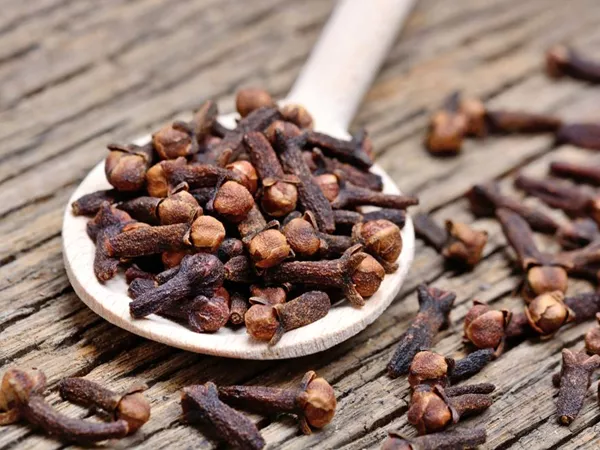
Grenada – The Spice of Life!
For a nation with just over 100,000 people, there are several areas in which Grenada stands tall in the world. However, in the area of spices the tri-island state of Grenada, Carriacou and Petite Martinique simply can’t be beat. Blessed with rich organic soil and warm tropical weather, Grenada seemed destined to be a match made in heaven for spice cultivation centuries ago.
Historically, Grenada has been a large producer and exporter of spices including nutmeg, mace, cloves, and cinnamon. Other spices the country is known for producing include allspice, bay leaves, pepper, ginger, and vanilla. Today, spices are deeply entrenched in Grenadian society and culture, hence any Grenadian will proudly refer to their country as the Isle of Spice. Let’s explore some of the island’s most celebrated spices.
Nutmeg
Lovingly described as ‘a woman in a boat with a red petticoat’ when the yellow pericarp splits to reveal the nut covered in mace, nutmeg is chief among the spices in Grenada. In the late 1700s, nutmeg was introduced to Grenada by the British as the island’s soil was ideal for growing nutmegs and it was closer to Europe than the Dutch East Indies. Soon Grenada became an important source of nutmeg, second only to Indonesia for many years. So important is the nutmeg, that it appears on the National flag. Nutmeg is used in ice creams, biscuits and cakes, confectionary, soaps, medicines, herbal remedies and essential oils, syrups, sauces and ketchups, jams and jellies, and liquors. Mace (the red lacy substance that wraps around the nutmeg) is used as a preservative and to season soups, stews, sauces, and pickles. Be sure to ask for some nutmeg sprinkled atop a cold glass of Grenadian rum punch to add some zing to your life.
Cinnamon
Another celebrated spice in Grenada is cinnamon, which is derived from the inner bark of the cinnamon tree. Unlock your senses as you are caressed by the heady scent of a freshly harvested piece of cinnamon wafting on the air. Cinnamon is used for flavoring cakes, puddings, and sweet baked goods. You can also use cinnamon to flavour hot spiced drinks such as tea or hot chocolate, or in liquor.
Turmeric
Tumeric locally called Saffron is derived from a root tuber and is commonly used to add yellow colour to soups, stews, curry, rice, or potato dishes. It is also a key ingredient in the Grenadian national dish, Oil Down, a very yellow dish indeed. Cooking with turmeric is sure to fill your kitchen with a pleasing aroma.
Cloves
The clove spice is actually the dried flower bud from the clove tree. This spice packs a strong taste and smell and is widely used whole or dried to season sausages, hams, minced meat, and other meats especially at Christmas time in Grenada. It can also flavour fish dishes, rice, fruit cakes, and in some pickles, stewed fruits and preserves.
Allspice (Pimento)
Allspice (commonly known as pimento) is the dried fruit/berry of the pimenta tree. It is used for flavouring sauces, curries, marinades, stews, pickles, fruit salads, soups, and spicy hot tea. It is also an ingredient in authentic Caribbean jerk chicken.
Bay Leaf
The bay leaf is an aromatic dried leaf that comes from the ‘Sweet Bay’ or ‘Bay Laurel’ tree. It is often put in stews, soups, savoury rice, gravy, meat and poultry dishes, fish, pastas, marinades, and condiments. It has a light floral aroma when dried; therefore, the bay leaf can be used whole or crushed. If you’re lucky, be sure to indulge in some Bay Leaf flavoured tania log, a classic Grenadian porridge.
Ginger
At Christmas time, ginger beer is a tradition in many households for its one-of-a-kind taste and zing to the tastebuds. Fresh or dried, ginger is used to flavour sweet cakes, baked goods, curries, stews or sauces, pot roasts, savoury dressings, chutneys, jams and jellies, ice cream and fudge. It is almost as widely used as nutmeg on the Spice Isle.
Grenada’s abundance of spices will open a new world of flavour once you visit. Grenadians are very proud of their heritage and you can book a tour to see these spices in their natural state as well as how they are used in cooking flavourful Grenadian dishes.
Bon Appetite!
Written by Ria Murray. Photos: Haron Forteau
Upcoming Events
Promotional offers


Enhance Your Escape With A Complimentary Room Upgrade(Silversands Grenada)
Elevate Every Moment at Silversands GrenadaEscape to the serene shores of Grenada and embrace the luxury of choice. With our exclusive Advance Purchase Upgrade Offer, enjoy a complimentary one-category room upgrade—confirmed

4th July Sea & Land BBQ
Enjoy our Sea & Land BBQ buffet featuring perfectly grilled meats, fresh seafood, and vibrant salads and sides. Experience live entertainment as you experience an unforgettable time in our stunning beachfront setting.












